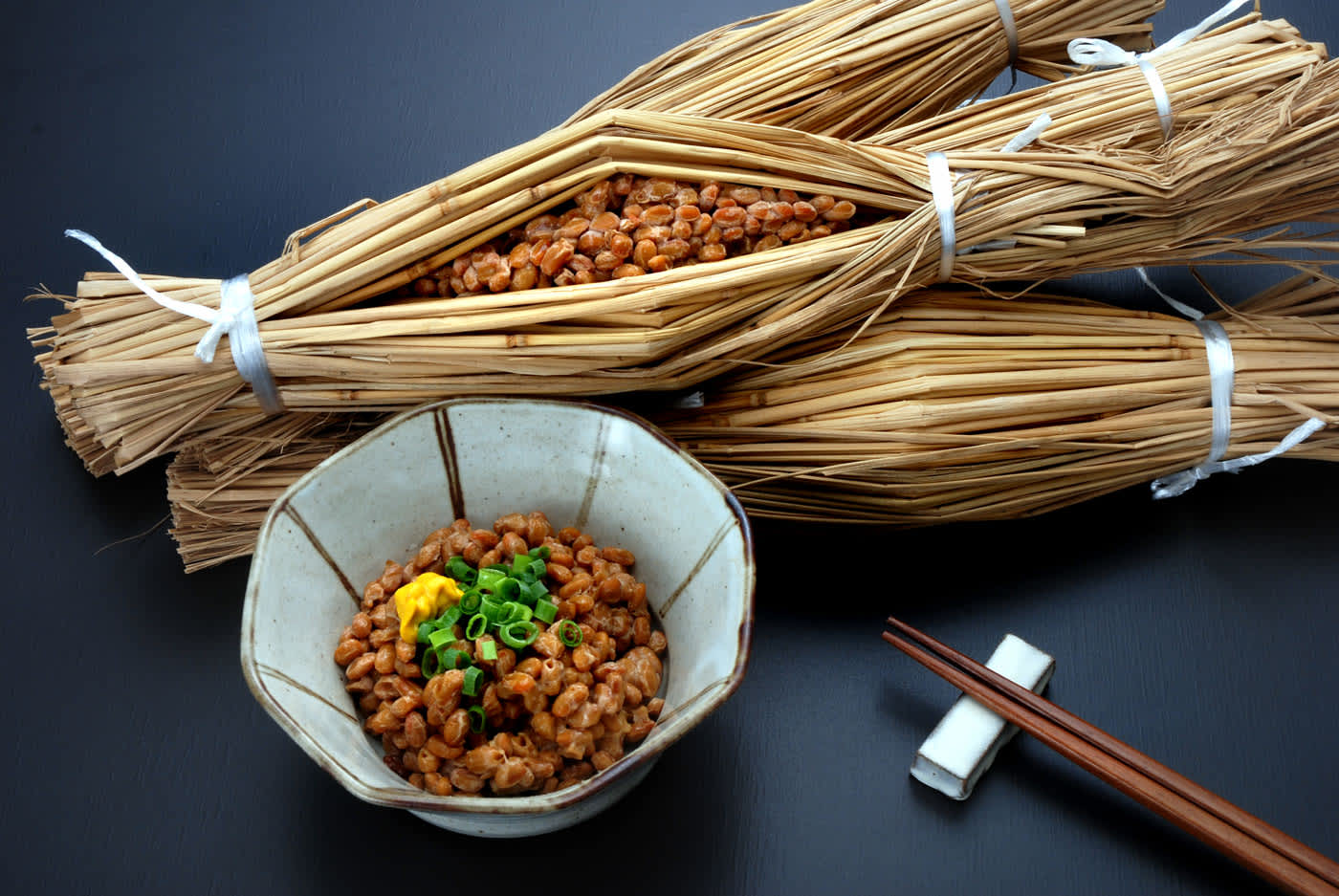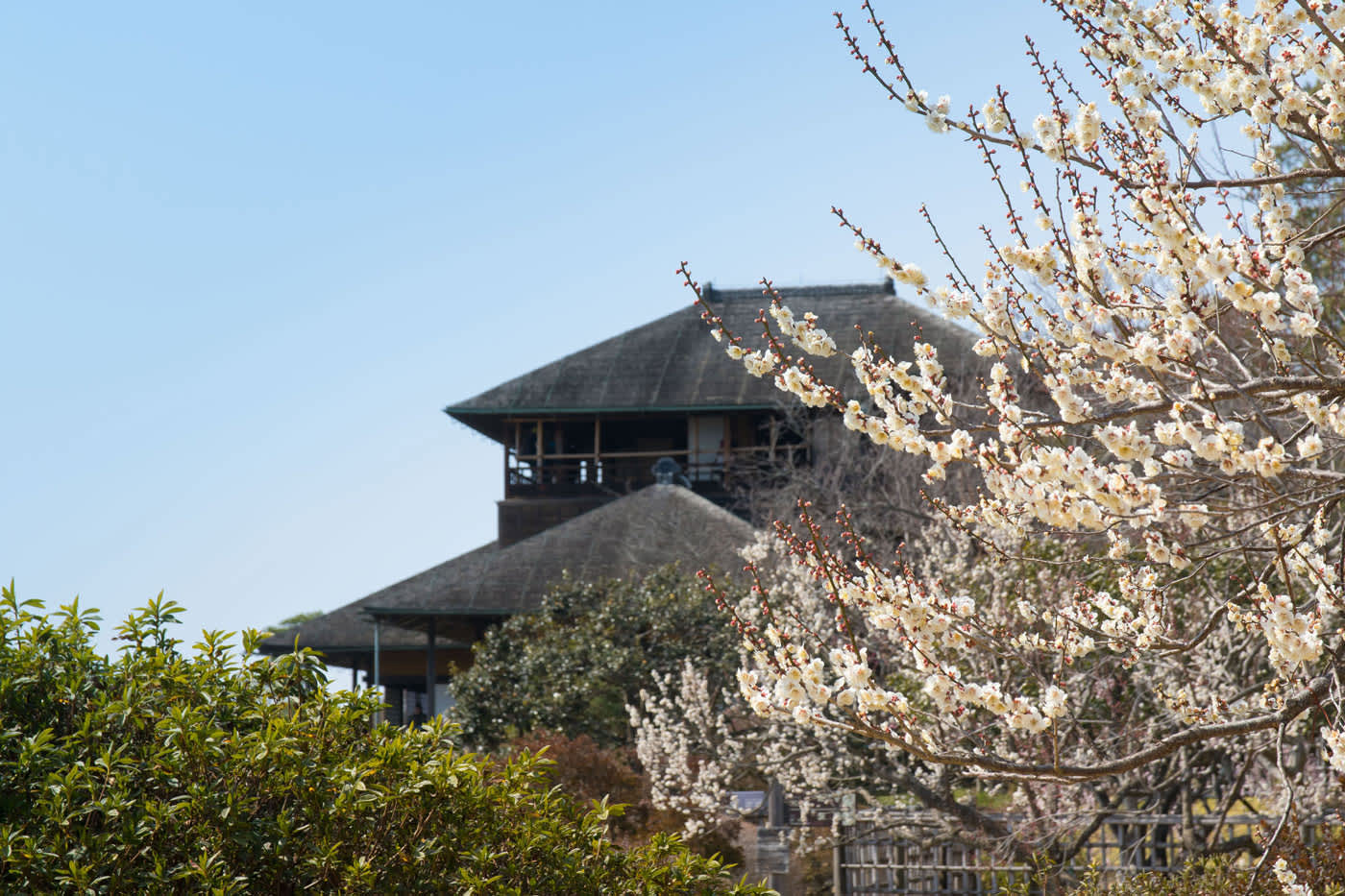
Did you know that each area in Japan has a local specialty? Local farmers and chefs take pride in their produce and continue to uphold their region’s reputation by meeting high standards. In fact, it is common knowledge what each prefecture is renowned for and gastronomes will travel across the country for a taste of local delicacies. Let’s explore three locations and its local cuisines, the Kyoto Yamashiro area famed for Uji tea, the Sanuki area in Kagawa Prefecture with its Sanuki udon and additionally, natto from Ibaraki Prefecture, the superfood known for its health benefits and ties to traditional Japanese culture.
The Birthplace of Japanese Green Tea

While visiting Ujitawara town, don’t forget to also try a cup of authentic matcha tea.
Ujitawara town in the Yamashiro area, Kyoto Prefecture, is famous as the home and birthplace of Japanese green tea. It is said here, where tea cultivation began during the Kamakura period (1185-1333), is the birthplace of the Uji Method (Uji Sehou, also known as Aoseisenchahou), the foundation for the modern method of green tea production. The Uji Method created by a dedicated farmer of the Ujitawara area, significantly improved the taste and aroma of green tea, making it the popular beverage it is today. Beforehand, tea was boiled in a pot whereas with the the Uji Method, leaves are brewed in a teapot. The Yamashiro area is still home to many tea plantations and is applauded for its high quality Uji green tea and also its matcha.

(C)Byodoin Temple
Byodoin Temple, one of Kyoto’s many World Heritage Sites is said to be a recreation of paradise.
So If you find yourself wandering the ancient streets of Kyoto, don’t miss the Yamashiro area to sample its Uji tea. The area also has numerous ceramic and tea stores to purchase tea to take home. But be sure to brew it correctly, as green tea can taste bitter if brewed too hot. At just the right temperature, green tea is sweet and soothing. Nearby, there are also eight UNESCO Historic Monuments of Ancient Kyoto to explore, including Byodoin Temple and Ujigami Shrine, national treasures, and important cultural properties dating back to the Heian period (794–1185) and Kamakura period.
Savouring Sanuki: The Culinary Treasure of Kagawa Prefecture

The pine trees that line Tsuda no Matsubara are over 600 years old and create a striking image against the white sand and blue sea.
Sanuki City sits beside the Seto Inland Sea on Japan’s fourth largest island, Shikoku. The city has picturesque white sandy beaches lined with green pines, such as Tsuda no Matsubara, and is popular amongst cyclists and outdoor lovers for its abundance of nature.

Udon can be enjoyed cold or hot, with a variety of toppings such as tempura, fried tofu, and radish.
It is also where Sanuki Udon noodles were created, a local delicacy that cannot be missed. Traditionally, these udon noodles are made fresh by hand, by locals who have passed down the recipe through multiple generations. Udon noodles are currently experiencing an international boom in popularity, but Sanuki Udon noodles are at another level, prized as one of the best. You can buy dried Sanuki udon in the area to take home along with your preferred toppings and soup.
Natto: The Japanese Superfood

Natto might have a strong smell, but it is loved by many for its taste and health benefits.
Fermented foods, such as miso and soy sauce, have gained traction worldwide due to its health benefits and many have been named superfoods. Natto, Japanese fermented soybeans, is no exception. Already favored among vegetarians and vegans as a source of protein, natto has essential vitamins and minerals and is said to have beneficial impacts on digestion, immune health and beauty. Mito City in Ibaraki Prefecture is the largest producer of natto, with “mito natto” being a well-known variety. In Mito City, you can purchase a variety of wara natto, which is traditionally wrapped in rice straw. Compared to natto packaged in plastic, straw-wrapped natto enhances the natto’s natural umami flavor, its aroma and texture. If you are a fan, you can also purchase hoshi natto (dried natto) which keeps for much longer and can be transported back to your kitchen to share with family and friends.

Through spring to winter, Kairakuen Garden is a beautiful sight throughout the year.
As Ibaraki Prefecture is close to Tokyo, people often escape to Ibaraki to explore one of the many gardens such as the Kairakuen Garden, which dates back to the Edo period (1603-1867) and is said to be one of the most famous gardens in Japan. If you visit from February to March, don’t miss the “Mito Ume Festival”, to take in the beauty of 3,000 plum trees blooming together.
Next time you explore the temples around Kyoto, the beaches in Kagawa or gardens in Ibaraki, perhaps you’ll also be tempted to explore the local cuisine or even take some home.
-
About the author
Author: Laura Miyasaka
Profile: Laura is a British freelance writer who has lived in Japan since 2018. She enjoys exploring new parts of Japan, learning more about Japanese culture and finding new scuba diving spots.





















































